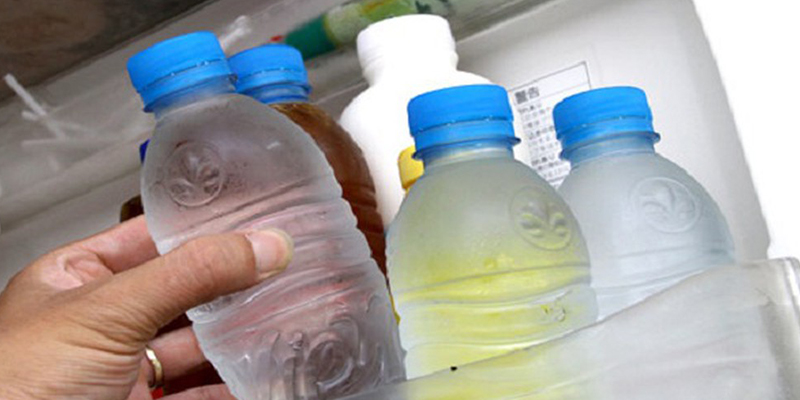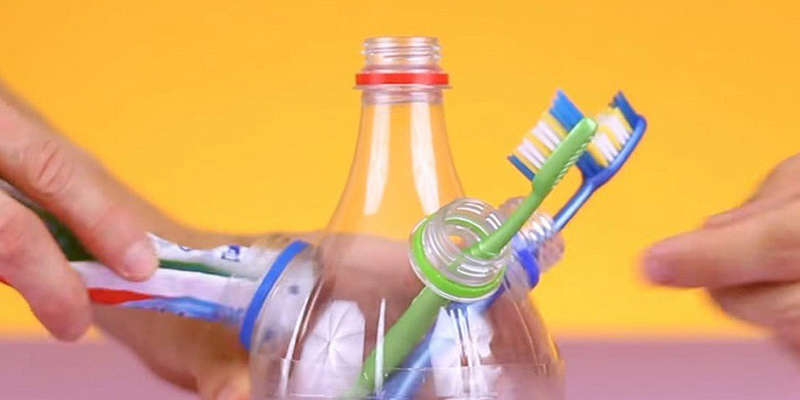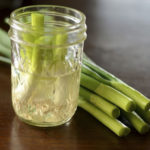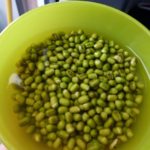It’s common to reuse plastic bottles, but this habit can be harmful to your health. Read on to discover why, and learn some safer alternatives for bottle reuse.
1 The Danger of Plastic Bottle Reuse: Potential for Toxins and Cancer
Not all plastic bottles are harmless. In a study published in the Canadian Journal of Public Health, scientists from the University of Calgary collected 76 water samples from elementary school students’ bottles, many of which had been reused multiple times.
Alarmingly, nearly two-thirds of the samples had bacterial counts exceeding safe limits for drinking water. Plastic bottles provide an ideal breeding ground for bacteria, and the bottles can also leach toxic chemicals, noted Cathy Ryan, one of the researchers.

Single-use plastic bottles are not designed for reuse. The material breaks down over time, releasing chemicals into your drink. Washing with detergent and warm water doesn’t eliminate the bacteria and can even increase the bottle’s permeability to chemicals.
One particularly harmful chemical found in plastic bottles is BPA. According to the California Environment and Health Policy Center, BPA has been linked to breast and uterine cancer and increased risk of miscarriage. It can also negatively impact children’s development.
2 Not All Plastic Bottles Are Created Equal
Fortunately, not all plastic bottles are unsafe for reuse. Some types of plastic bottles can be reused a few times without posing a significant health risk.
To know which bottles are safe for reuse, check the recycling label on the bottom of the bottle:

– Bottles labeled with a 1 (PET or PETE) are intended for single use only. Exposure to air, heat, or sunlight can cause these bottles to break down into harmful chemicals.
– Avoid using plastics labeled 3 or 7 (PVC and PC), as these chemicals can easily leach into food and drinks and pose serious health risks over time.
– Bottles made from polyethylene (labeled 2 and 4) and polypropylene (labeled 5 and PP) are suitable for multiple uses. However, they should only be used for cold drinks and .
3 Safe Alternatives for Used Plastic Bottles
For bottles that aren’t safe for reuse, there are alternative uses besides drinking:
– Store industrial liquids like kerosene, alcohol, or soap, but be sure to remove the original label and add a new one to prevent accidental consumption.
– Recycle them into useful items like pen holders, vases, watering cans, or plant pots.

Reusing plastic bottles for drinking water can be harmful to your health. Instead, opt for safer alternatives and give those bottles a new purpose while also protecting the environment.
“How to Make Fresh and Safe Homemade Bean Sprouts in 5 Easy Steps”
Are you looking for a delicious and healthy way to enjoy beans while avoiding the hassle of grocery store shopping and potential quality issues? Look no further – XANH Electronics has the solution! We’ll be introducing you to 5 simple and nutritious recipes for making homemade beans that will be sure to please your taste buds as well as your wallet!




































